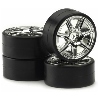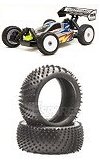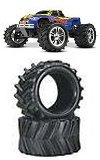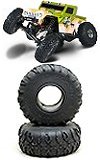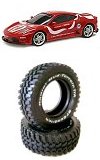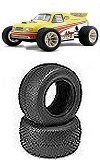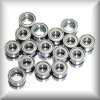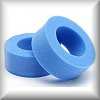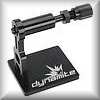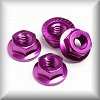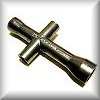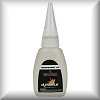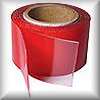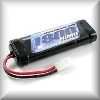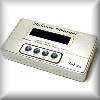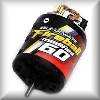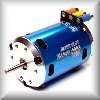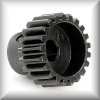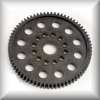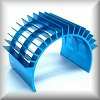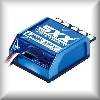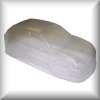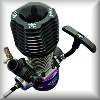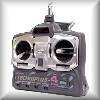Tires for RC Models
Rubber Tires ALWAYS should have either soft sponge or rubber inserts. They will not function as they should without them. And if you are totally serious about your racing they should be glued to the rims.
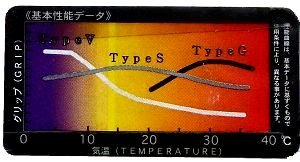 You should also have at least three different compounds (Soft, Medium and Hard) for varying track temperatures in On Road tarmac racing Touring cars and varying pin sizes for carpet and Off Road racing Buggys and Trucks.
You should also have at least three different compounds (Soft, Medium and Hard) for varying track temperatures in On Road tarmac racing Touring cars and varying pin sizes for carpet and Off Road racing Buggys and Trucks.
How to Mount Rubber Tires onto Wheels/Rims
Before mounting your Tires, I would recommend talking to the more experienced racers at your local club, concerning what inserts they use. Even the top level racers rely on a bit of local knowledge on tracks they have never raced before.
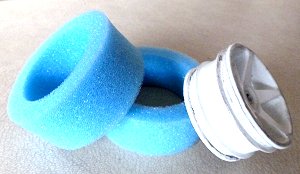 Once you have decided what inserts to use, position them inside the Tires ready to go onto the rims.
Once you have decided what inserts to use, position them inside the Tires ready to go onto the rims.
You will need strong fingers to pull and maneuver the Tires over the rims, so you may need the help of an adult. Do NOT use metal Tire levers or a spoon, as they can not only damage the fragile plastic rims, but can also put small tears in the rubber, that could cause problems later.
The technique I recommend, is to first of all hook the Tire on one side of the rim, then using the thumb and forefinger, grip the Tire and pull it upwards and over into position around the middle of the wheel, then over to its final position on the far side so that the beading is seated in the spigot. Next, position the near side beading in the opposite spigot, making sure the sponge (or rubber) insert is not trapped and positioned centrally.
How to Glue Rubber Tires onto Wheels/Rims
You have the option of either gluing or not gluing your tires in position. If the track you race at is not too grippy you can sometimes get away with it, but on high grip tracks, there is always the possibility the tire might pull away from the rim and ruin your race .... My recommendation is to glue them.
Superglue is the thing to use. To do this, carefully pull the beading out of its seating, put on a spot of glue, then quickly push it back down. repeat this at least 6 times around each side of the wheel.
Superglue can be dangerous, so this is best done by an adult.
|





